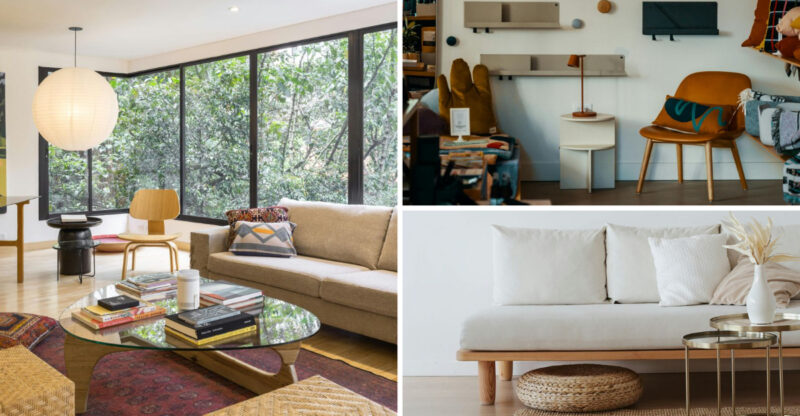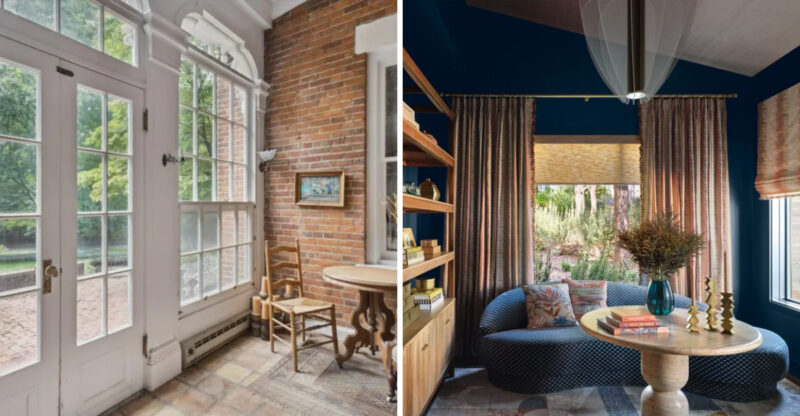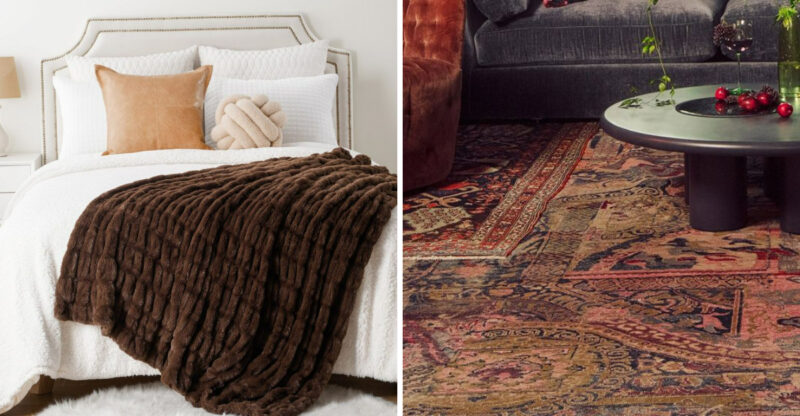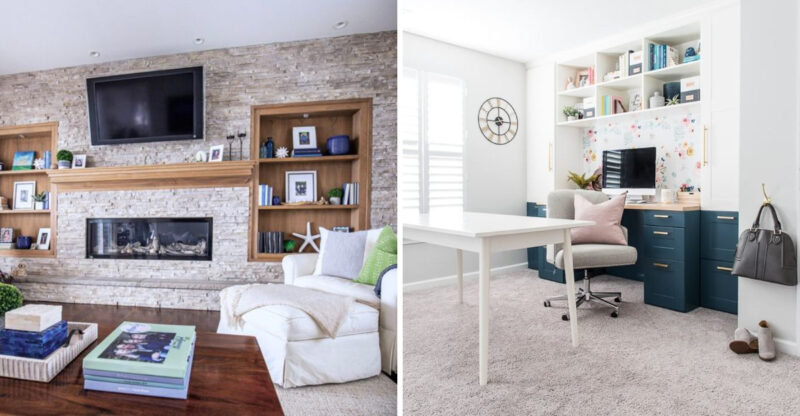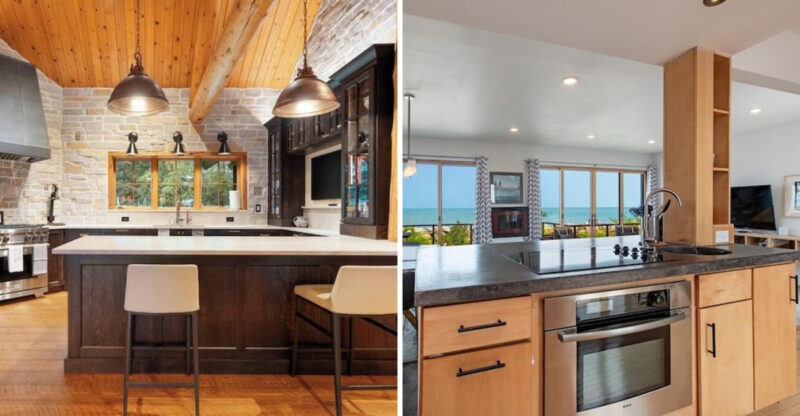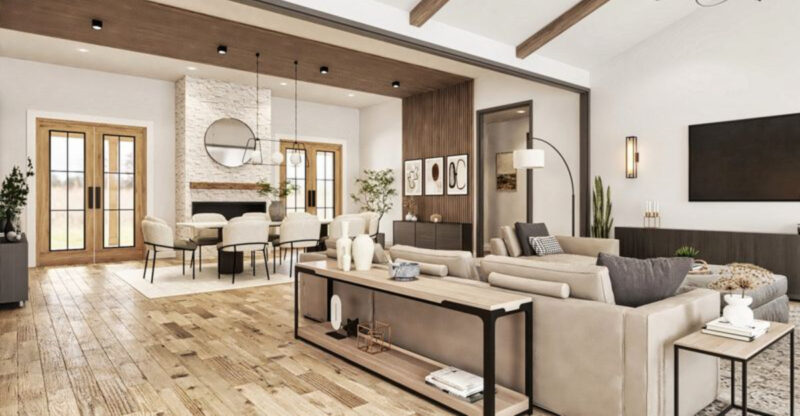8 Rooms That Could Feel Outdated In Modern Homes
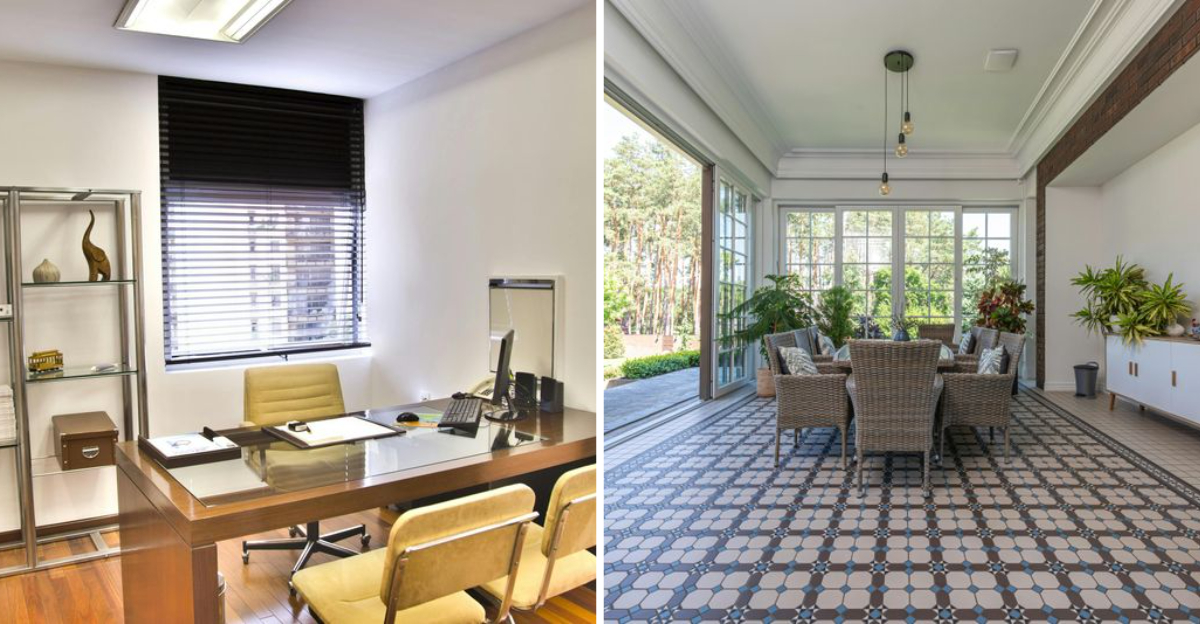
Our homes evolve alongside our lifestyles, blending personal taste with shifting design trends.
Spaces that once felt modern can start to look outdated as new materials, technologies, and décor styles gain popularity.
If you take a closer look around, some areas of your home might be quietly signaling that they haven’t kept pace with current design sensibilities. Here’s a look at rooms that could be showing their age in today’s homes, along with ideas to refresh them.
1. Formal Living Rooms with Heavy Drapes
Remember those stiff, rarely-used spaces reserved only for special guests? Formal living rooms with their heavy, ornate drapes and plastic-covered furniture feel like relics from another era. Nobody wants a room they can’t actually live in!
Modern homeowners prefer multipurpose spaces that flow naturally into other areas of the home. The trend toward open-concept designs has made these isolated formal rooms seem stuffy and impractical.
If you’ve got one of these time capsules, consider removing walls to create connection with adjacent spaces, replacing those heavy drapes with lighter window treatments, and introducing comfortable furniture that invites daily use rather than occasional formal gatherings.
2. Foyer with Oversized Chandelier
Walking into a home with a massive, glittering chandelier dangling from a double-height foyer ceiling used to scream luxury. Now it just screams 1990s excess! These dramatic entryways with their dust-collecting light fixtures have fallen out of favor.
Today’s welcoming entrances feature simpler, more understated lighting that complements rather than dominates the space. Modern foyers prioritize functionality with smart storage solutions for coats and shoes while making smooth transitions to the rest of the home.
Updating doesn’t mean eliminating all personality just scaling back the Vegas casino vibes. Consider replacing that oversized fixture with something more contemporary, or if you’re attached to the statement piece, look for modern interpretations that maintain drama without the dated details.
3. Dining Rooms with Wallpaper Borders
Those thin strips of floral or country-themed wallpaper running around the middle or top of dining room walls were once the height of home decor fashion. Along with their close cousins chair rails with two-tone paint schemes these borders instantly date a room to a specific era.
Contemporary dining spaces embrace clean lines, statement walls, or subtle texture rather than these fussy details. The modern approach treats walls as canvases for art or as subtle backdrops for furniture and lighting to shine.
Stripping away these borders is relatively simple and makes an immediate difference in how current a space feels. Consider replacing them with floor-to-ceiling color, an accent wall, or elegant wainscoting if you still want architectural interest without the dated look.
4. Small, Closed-Off Breakfast Nooks
Tucked-away breakfast nooks with built-in benches and confined eating areas once seemed cozy and efficient. Now they feel unnecessarily isolated from the heart of the home the kitchen where everyone naturally gathers.
Modern homes favor more flexible eating arrangements that flow seamlessly from cooking spaces. Islands with seating, open dining areas, and convertible spaces that can expand for entertaining have replaced these rigid, dedicated nooks.
If your home has one of these isolated breakfast corners, consider opening up walls to connect it with the kitchen or converting it to a different use altogether, like a home command center or coffee station. The key is creating purposeful spaces that reflect how families actually live and interact today.
5. Sunrooms with Outdated Furnishings
Wicker furniture with floral cushions, glass-topped tables, and an explosion of artificial plants – the classic 80s-90s sunroom was practically a uniform! These spaces often feel like time capsules compared to the rest of an updated home.
Today’s indoor-outdoor spaces blur the lines between interior and exterior with weather-resistant materials that don’t scream “patio furniture.” Modern sunrooms feature comfortable seating that wouldn’t look out of place in a living room, with durable fabrics and materials that can handle the unique conditions.
Updating a sunroom doesn’t require a complete overhaul. Simply replacing dated furniture, adding indoor plants instead of artificial ones, and incorporating contemporary textiles can transform these light-filled spaces into the relaxing retreats they were always meant to be.
6. Bathrooms with Colored Fixtures
Avocado green toilets, baby blue bathtubs, and pink sinks were all the rage decades ago. Walking into a bathroom with these colorful fixtures is like stepping into a time machine and not in a good way!
White and neutral fixtures have dominated bathroom design for years now, allowing for more flexibility with other design elements and creating a timeless foundation. The colored porcelain of yesteryear limits design options and immediately signals an outdated space.
While replacing these fixtures requires investment, it delivers significant returns in both home value and daily enjoyment. If a complete overhaul isn’t in the budget, consider refinishing services that can reglaze colored fixtures in white or neutral tones as a more affordable interim solution.
7. Bedrooms with Built-In Wall Units
Those massive bedroom wall units with mirrored backs, built-in headboards, and tiny display cubbies were once the pinnacle of bedroom organization. They dominated the room visually while attempting to solve storage problems through permanent, inflexible solutions.
Current bedroom design favors simpler, more adaptable furniture pieces that can move with you or be replaced as needs change. Freestanding dressers, nightstands, and separate storage solutions create airier spaces that can evolve over time.
Removing these behemoths often reveals wall damage, so be prepared for some patching and painting. The reward is worth it though a more spacious-feeling bedroom with greater flexibility for furniture arrangement and the ability to update your style without major construction.
8. Home Offices with Bulky Desks
Giant executive desks with massive footprints and ornate details once signaled success in home offices. These oversized wooden monsters with their multiple drawers and cubbies consumed entire rooms while providing features nobody actually needed.
Working from home has evolved dramatically, with technology shrinking our needs while expanding our flexibility. Modern home offices feature sleeker workstations, often with minimal storage as digital files replace paper ones.
Many homeowners now prefer adjustable standing desks, compact writing tables, or even floating wall-mounted surfaces that maximize floor space. The emphasis has shifted to creating healthy, adaptable workspaces rather than imposing status symbols that crowd the room and limit how the space can function.

